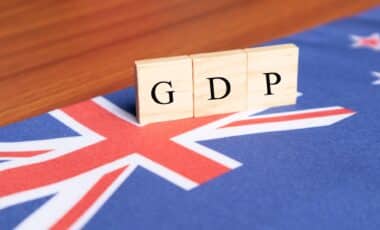Australia’s Reserve Bank (RBA) has lowered its benchmark interest rate for the first time since October 2020, cutting it from 4.35% to 4.1%. The decision, taken at the first board meeting of the year, reflects a cooling inflation rate and signals a shift in monetary policy after a period of aggressive rate hikes.
The move comes as annual inflation slowed to 2.4% in 2024, down from its peak of 7.8% two years ago, according to official data. The rate cut is expected to ease borrowing costs for businesses and households, offering relief in an economy facing high living expenses and a housing shortage.
Inflation slowdown prompts central bank’s decision
The RBA’s decision to reduce the cash rate follows a steady decline in inflation, which has moved closer to the central bank’s target range of 2% to 3%. According to the Australian Bureau of Statistics, inflation rose by only 0.2% in the December quarter, reflecting a stabilisation in consumer prices.
Since May 2022, the RBA has implemented 13 interest rate hikes, responding to rising costs and global economic uncertainty. The most recent increase in November 2023 brought the rate to 4.35%, the highest level since 2011.
However, as inflationary pressures ease, the central bank has adjusted its stance, citing improving balance between aggregate demand and supply.
Despite the rate cuts, Australia’s labour market remains strong, with unemployment at 4% in December, only slightly higher than November’s 3.9%. According to the RBA, the economic outlook remains stable, but policymakers will continue to monitor inflationary risks and wage growth.
Economic and political implications ahead of elections
The interest rate cut comes at a critical time for Prime Minister Anthony Albanese’s government, which is seeking re-election before May 17. The Labor government, in power since May 2022, has presided over one of the most aggressive monetary tightening cycles in recent history, with 12 rate hikes occurring under its tenure.
The high cost of living and housing affordability have emerged as major political issues ahead of the election.
With mortgage rates remaining elevated, homeowners and renters continue to face financial strain, despite the recent relief provided by the RBA’s decision.The central bank has stressed that future rate movements will depend on economic conditions, including inflation trends and global economic developments.
Analysts suggest that while the rate cut provides short-term relief, broader economic policies will be crucial in addressing long-term financial challenges for Australians.









